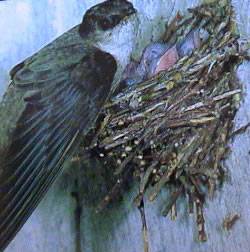 A recent study published in Molecular Ecology, which studied the hybridization between eastern wolves, gray wolves and coyotes in and around Algonquin Provincial Park (APP) in Ontario found that about 36 percent of the animals tested were hybrids of two or three of the three Canis types.
A recent study published in Molecular Ecology, which studied the hybridization between eastern wolves, gray wolves and coyotes in and around Algonquin Provincial Park (APP) in Ontario found that about 36 percent of the animals tested were hybrids of two or three of the three Canis types.
West of the park the genes tested switched sharply from eastern wolf to coyote and hybrids. South and northwest of the park, the genes were a bit more complicated. However, the most remote locations with the most moose also had the animals with greater wolf ancestry.
The eastern coyote is generally larger than its western counterpart, and it appears to behave differently, too. The genetics of the eastern coyote could help inform the management of coyotes in the region, so papers like this are worth noting.
Photo: coyote, by Steve Thompson, courtesy US Fish and Wildlife


